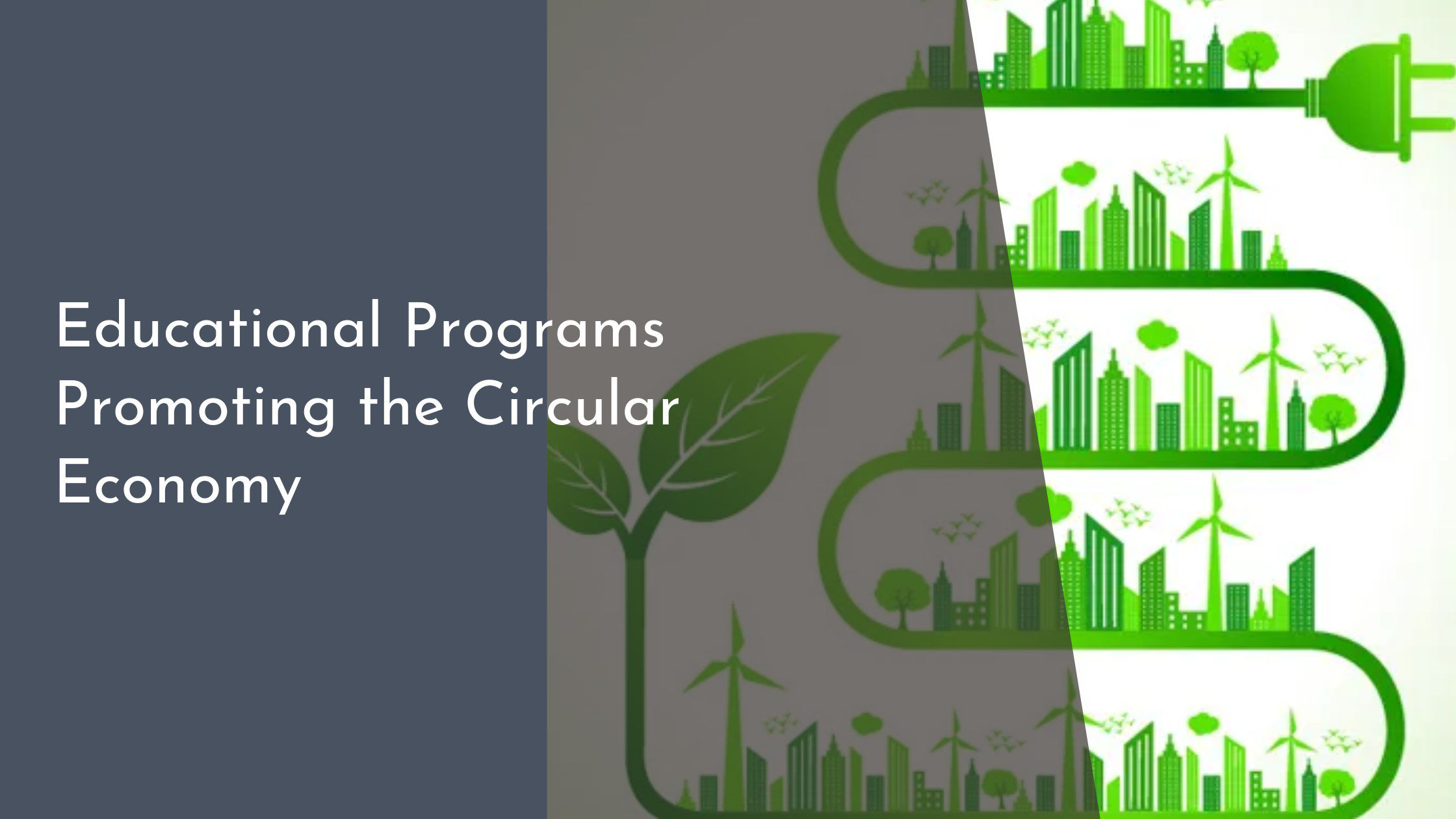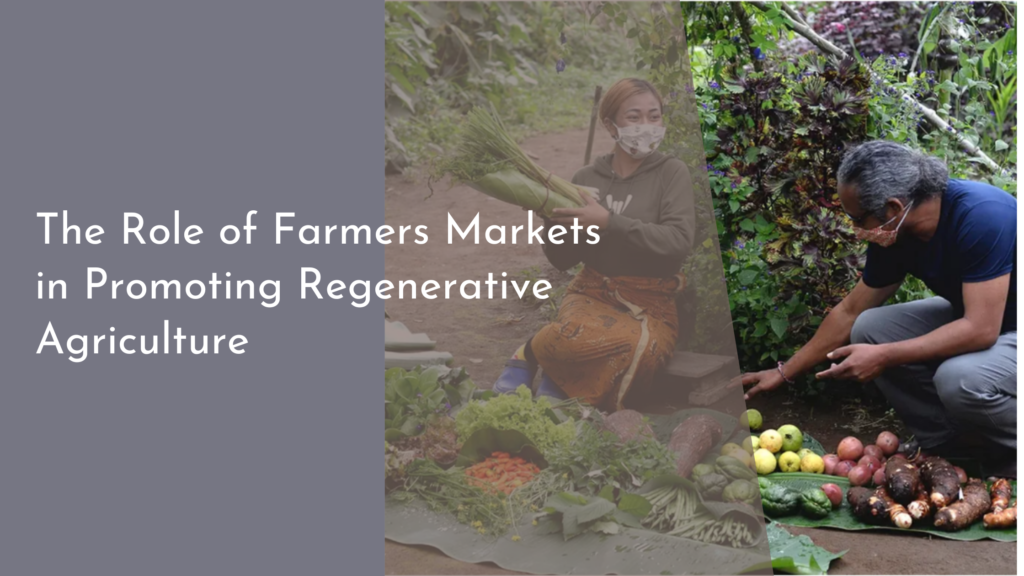Educational Programs Promoting the Circular Economy
Educational Programs Promoting the Circular Economy
The concept of the circular economy is gaining traction worldwide as an innovative approach to creating sustainable growth by designing out waste and keeping resources in use for as long as possible. Educational programs are playing a pivotal role in promoting this model by equipping students with the knowledge and skills needed to transition from a traditional linear economy to a circular one. This article explores how the circular economy is being integrated into education, highlights success stories from different parts of the world, and showcases innovative programs that are transforming classrooms into hubs of sustainability.
Understanding the Circular Economy Concept
The circular economy is an economic system aimed at eliminating waste and the continual use of resources. Unlike the traditional linear model—where resources are extracted, used, and discarded—the circular economy emphasizes closed-loop systems that reuse, repair, refurbish, and recycle existing materials and products. This approach not only conserves resources but also reduces environmental impact, stimulates innovation, and creates new business opportunities. As awareness of environmental issues grows, more educators are introducing the principles of the circular economy into their curricula to prepare students for a sustainable future.
Educators are redefining traditional educational approaches by integrating circular economy concepts into various subjects, from science and technology to business and design. By teaching students how to analyze product life cycles and think critically about resource management, educators are fostering a generation of problem solvers equipped to tackle global challenges. The circular economy also encourages interdisciplinary learning, as students must understand the intersections between environmental, economic, and social systems to develop comprehensive solutions.
Integrating Sustainability in Education
Integrating sustainability into education is crucial for building a future in which students are not only aware of environmental challenges but are also prepared to address them. By embedding the principles of the circular economy into the curriculum, educational institutions are empowering students to become active participants in the transition to a more sustainable world. This integration often involves experiential learning opportunities, such as projects that allow students to apply circular economy principles in real-world settings, thus enhancing their understanding and capability.
Furthermore, sustainability education promotes critical thinking and innovation. As students learn about the impacts of their choices on the environment, they are encouraged to develop creative solutions that minimize waste and maximize resource efficiency. This focus on sustainability also extends beyond the classroom, influencing institutional practices such as recycling initiatives and sustainable procurement, which reinforce the lessons learned and demonstrate a commitment to environmental stewardship.
Success Stories from Around the World
In Denmark, the circular economy has become a key component of education, with programs like the Ellen MacArthur Foundation’s Circular Economy Schools leading the way. These schools offer tailored curricula that immerse students in the principles of the circular economy through hands-on projects and collaborations with local businesses. By fostering partnerships between educational institutions and industry, Denmark is providing students with practical insights and real-world experience in applying circular economy practices.
Similarly, in the Netherlands, a nationwide initiative called “Circulair Onderwijs” is integrating circular economy concepts into schools and universities. This initiative is designed to stimulate innovation by encouraging students and educators to co-create sustainable solutions. Through workshops, conferences, and collaborative projects, students engage with complex societal issues, learning to develop strategies that prioritize sustainability and circularity in various sectors, from agriculture to technology.
Innovative Programs Transforming Classrooms
In the United States, the “Green Classroom Professional Certificate” program offered by the U.S. Green Building Council equips educators with the tools to create sustainable learning environments. This program emphasizes the importance of incorporating circular economy principles into school infrastructure and classroom activities, inspiring educators to implement green practices and teach students about sustainable resource management. As a result, classrooms become living laboratories, where students can observe and participate in circular economy practices firsthand.
Australia’s “ResourceSmart Schools” initiative is another example of an innovative program transforming classrooms. This comprehensive framework supports schools in reducing their ecological footprint while saving money and integrating sustainability into the curriculum. By participating in ResourceSmart Schools, students engage in activities that promote waste reduction, energy efficiency, and biodiversity, all within a circular economy context. These programs not only transform educational spaces but also instill a sense of environmental responsibility and entrepreneurial spirit in students.
Educational programs promoting the circular economy are vital in shaping a sustainable future. By integrating these concepts into curricula, schools around the world are equipping students with the skills and knowledge needed to embrace and advance the principles of circularity. As more success stories emerge and innovative programs continue to transform classrooms, the potential for a widespread transition to a circular economy becomes increasingly achievable. Through education, we can inspire the next generation to lead the charge in building a more sustainable and resilient world.


